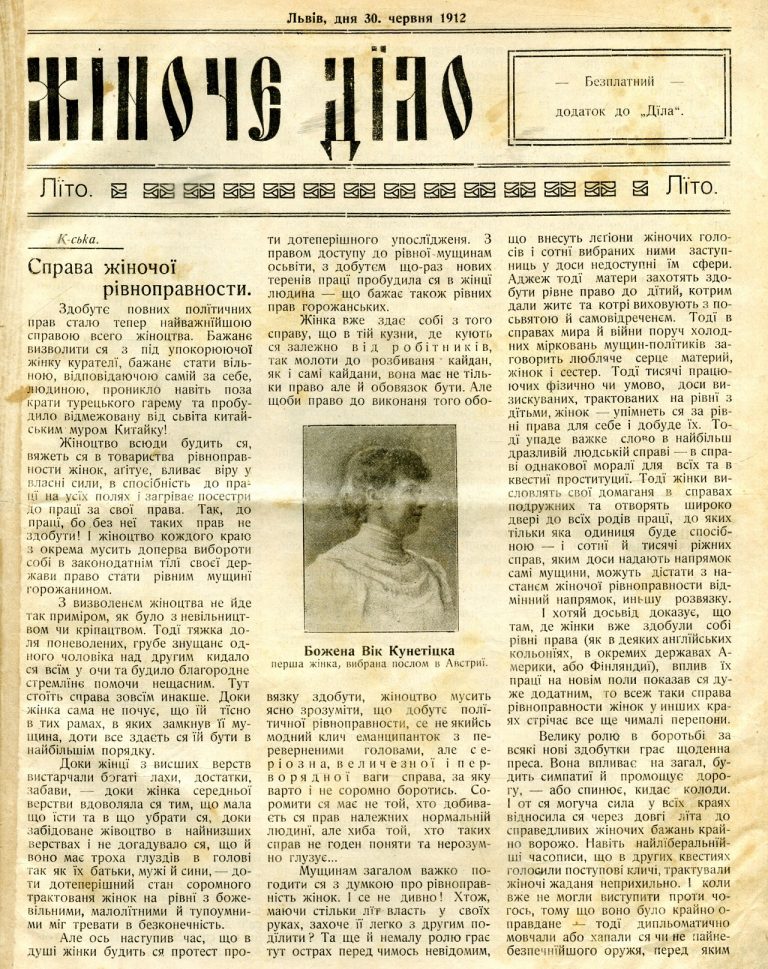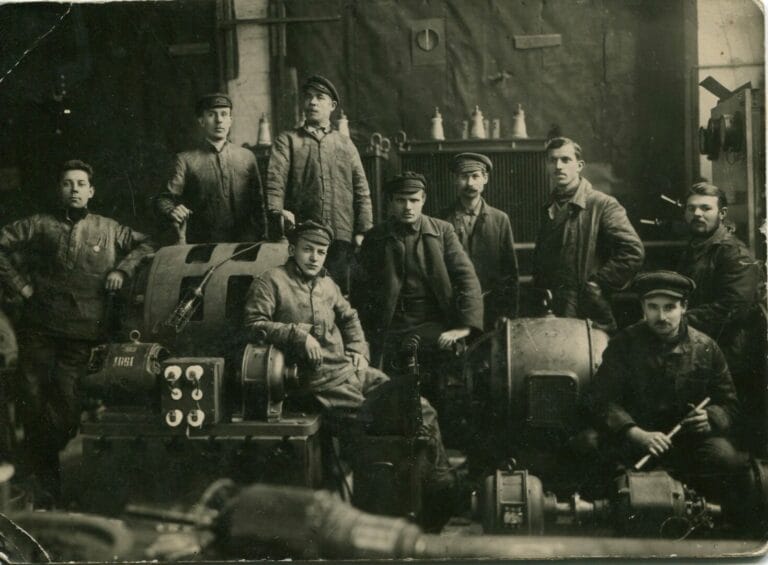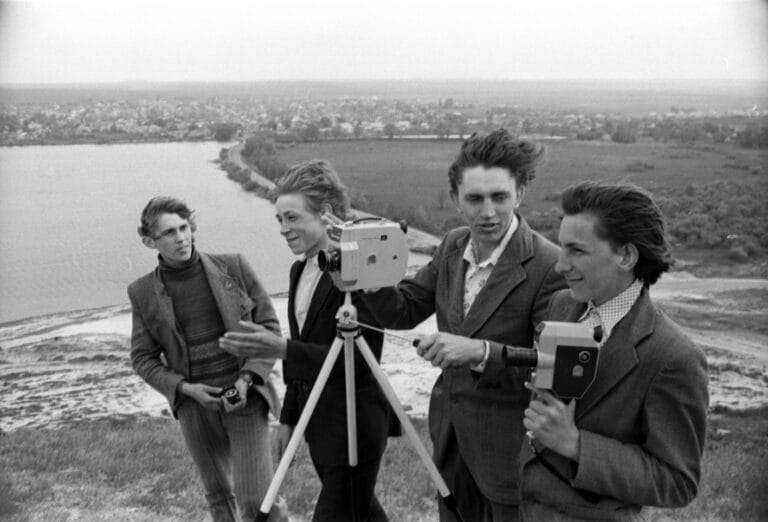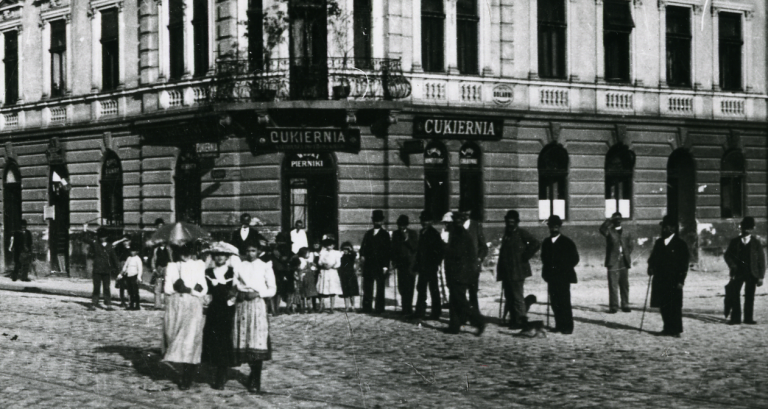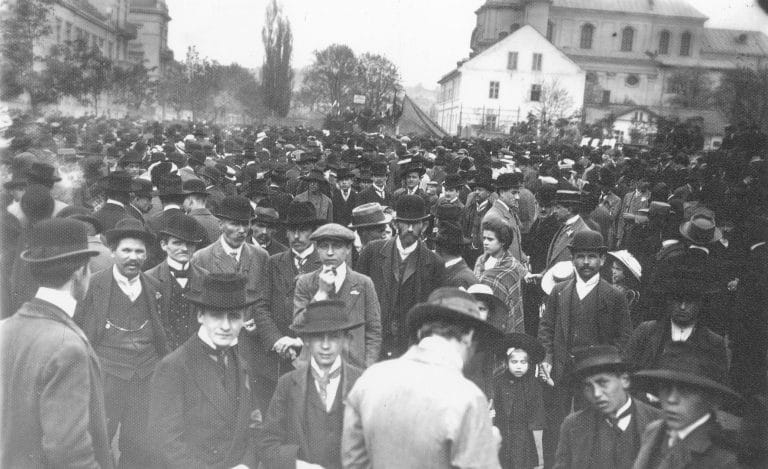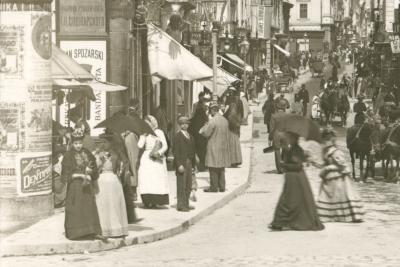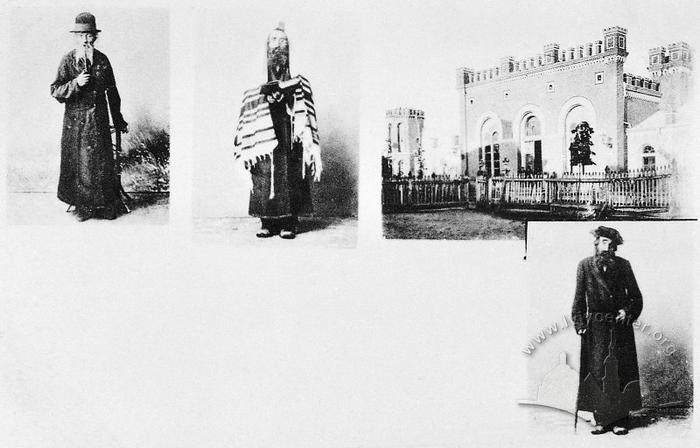Everyday Life
In order to understand a particular historical period, it is essential to understand what daily life looked like at that time. History of everyday life – history from below, the German Alltagsgeschichte, or the Italian microstoria – is a form of social history that became popular in the 1980s. This approach intends to find links between the experiences of daily life in a certain society, and the broad social and political changes which occur in that society. Finding tensions within relations between the subject (a human) and the structure (a social system) gives meaningful insight into a specific society or culture. Our materials focus on everyday practices and rituals of urban life, discuss the history of consumerism, and shed light on experiences of metropolitan nightlife. To learn about the everyday life of a specific period means to delve into specific sources, such as autobiographies and memoirs, letters and correspondences, photographs, and private recordings.
Primary Sources
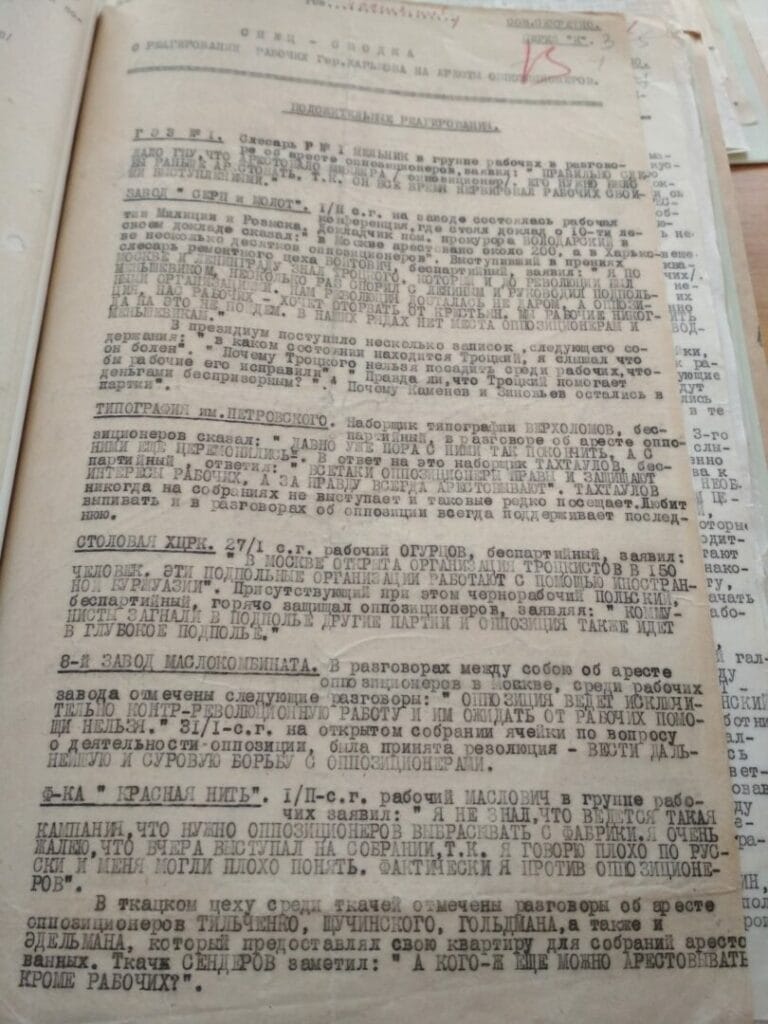
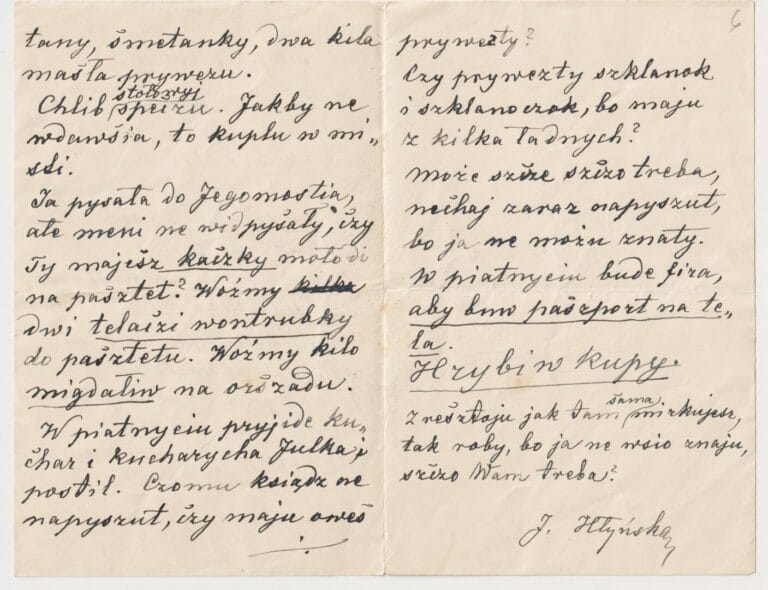
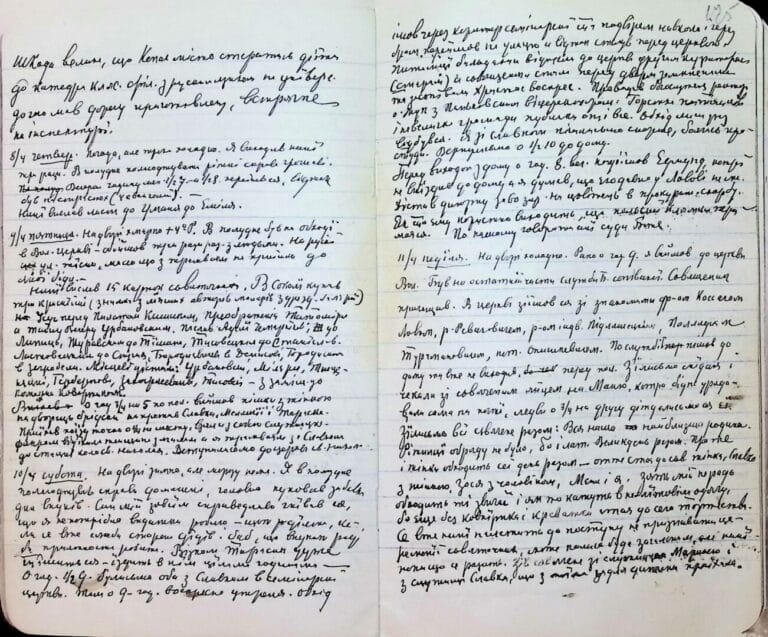


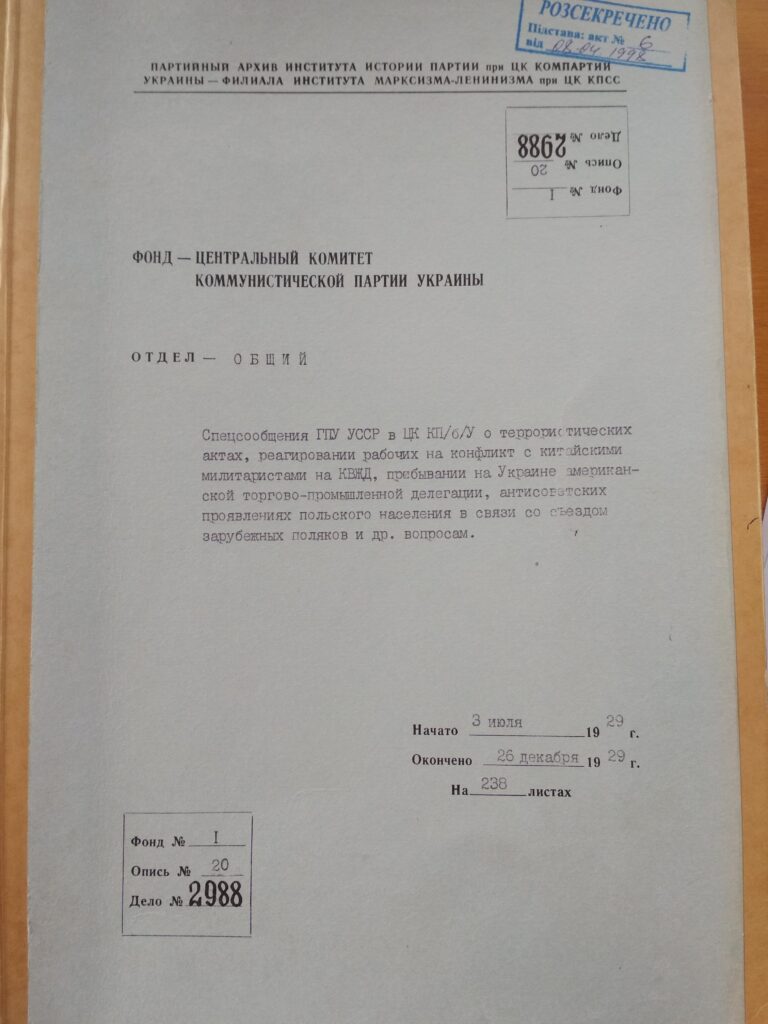

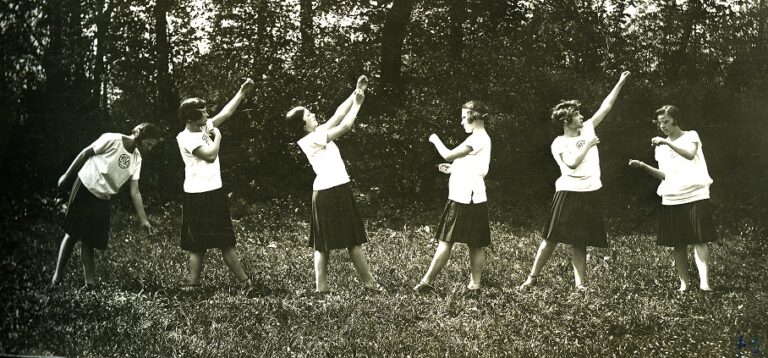
![Image for The Morality of Mrs. Dulska, 2013 TV Movie [Moralność pani Dulskiej]](https://edu.lvivcenter.org/wp-content/uploads/2022/10/moralnosc-pani-768x508.jpg)



